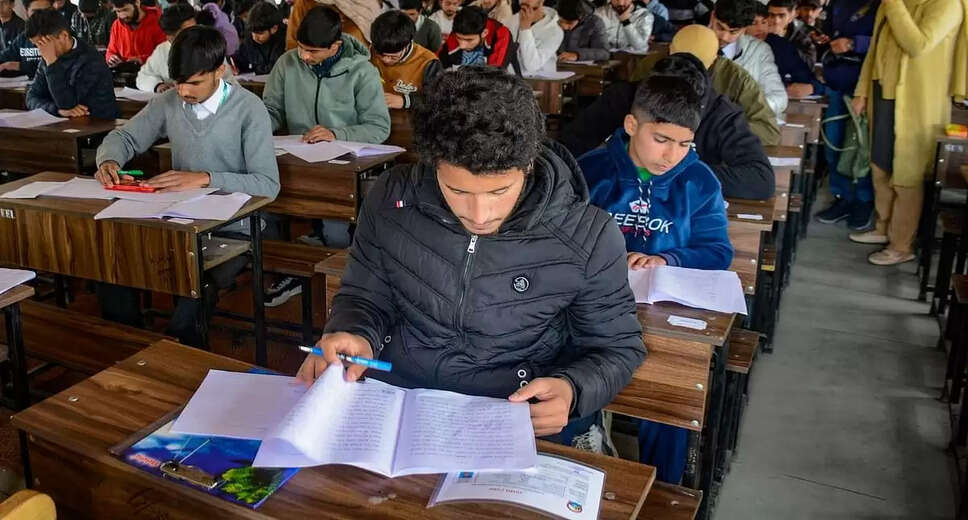Manipur Board to Implement Grading System for Class 10 Exams
The Manipur government has taken a significant step towards revolutionizing the education system by announcing the introduction of a grading system for the class 10 board examination. This move aims to alleviate the stress and pressure often associated with traditional ranking systems. Let's delve deeper into this groundbreaking initiative and its implications.

The Manipur government has taken a significant step towards revolutionizing the education system by announcing the introduction of a grading system for the class 10 board examination. This move aims to alleviate the stress and pressure often associated with traditional ranking systems. Let's delve deeper into this groundbreaking initiative and its implications.

Grading System Implementation: In a recent official statement, Joint Secretary of the Education Department, Elangbam Sonia, unveiled the details of the new grading system. Unlike conventional approaches, the grading system will refrain from assigning divisions or ranks to students.
Key Features of the Grading System:
- No display of total marks or aggregate on the document.
- Only pass/fail status will be printed.
- Grades such as A1 (91-100), A2 (81-90), E1 (21-30), and E2 (below 21) will be awarded to students based on their performance.
Benefits of the Grading System:
- Reduced Stress: The grading system aims to alleviate stress and anxiety among students by eliminating the pressure associated with securing top ranks.
- Promotion of Healthy Learning Environment: By focusing on individual progress rather than competition, the grading system fosters a conducive learning environment.
- Equal Opportunities: The absence of rankings ensures that every student receives equal recognition and opportunities for growth.
Implications for Students: The introduction of the grading system reflects the government's acknowledgment of the importance of healthy competition in enhancing student performance. Moreover, it underscores the need to prioritize students' mental well-being and holistic development.
Examination Details:
- Number of Students: Approximately 37,715 students, including 18,628 female students, are expected to appear for the matriculation examination.
- Exam Schedule: The exams are scheduled to take place from March 15 to April 8 across 154 examination centers.
